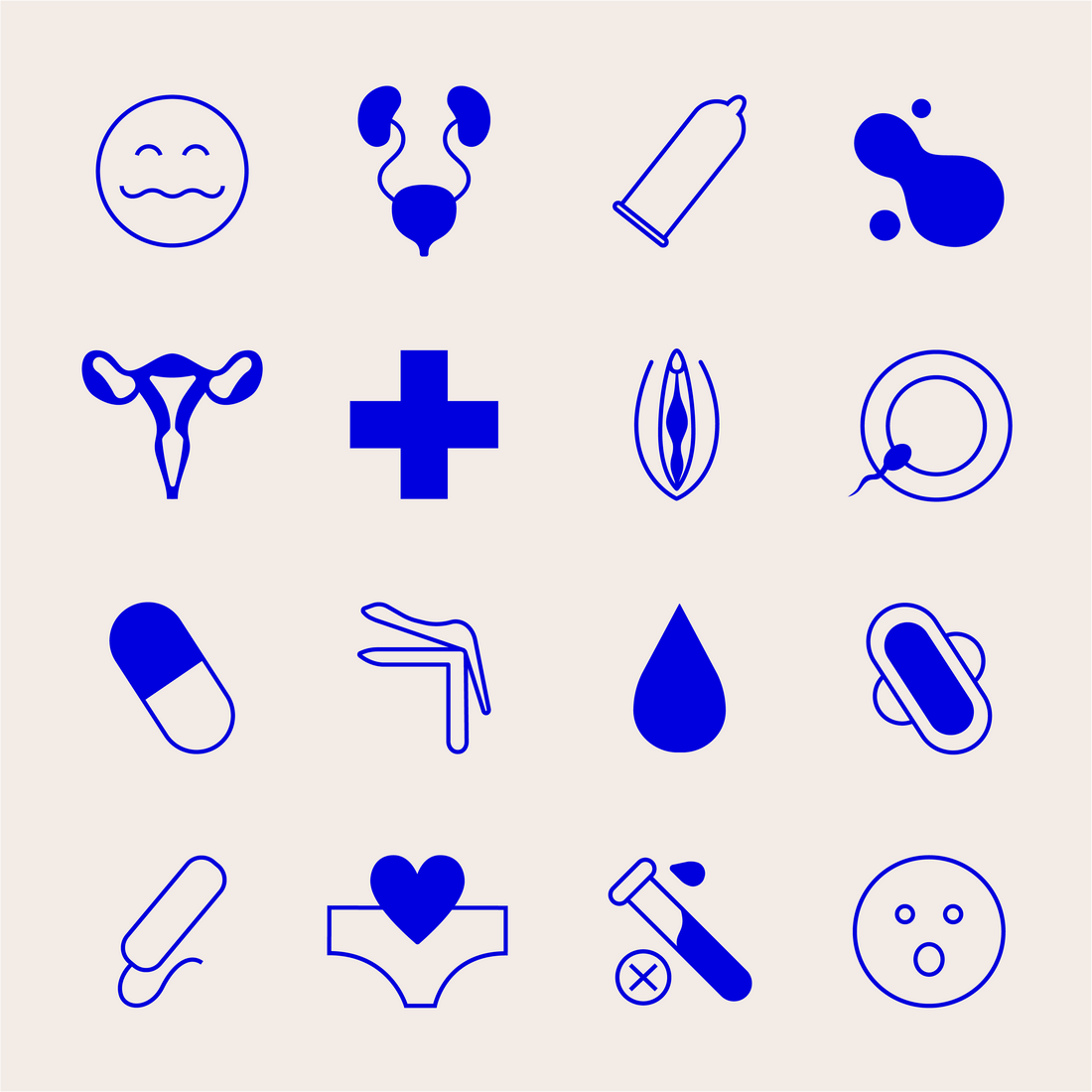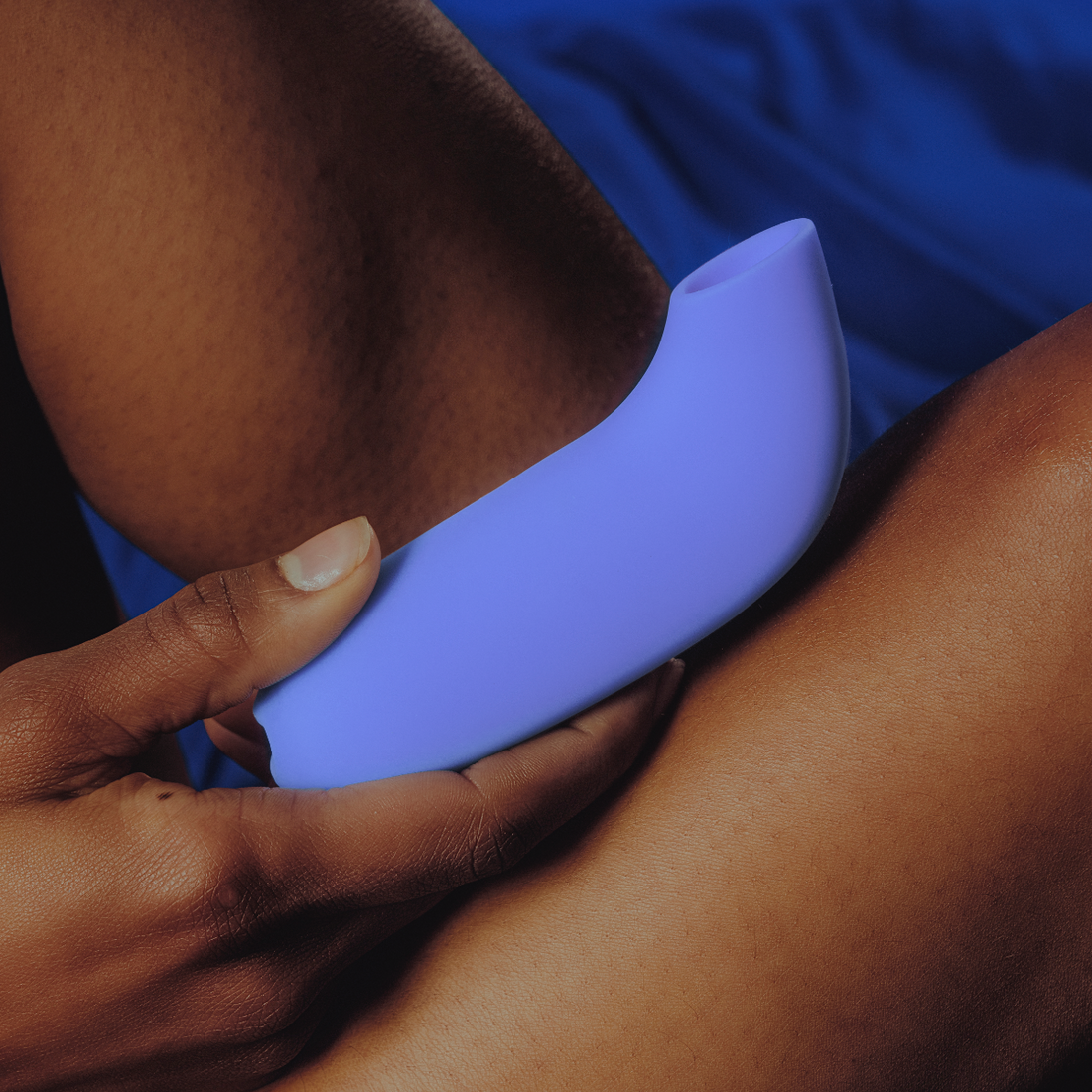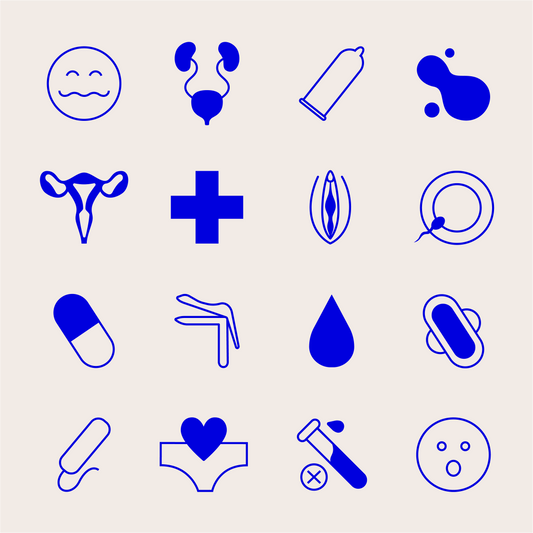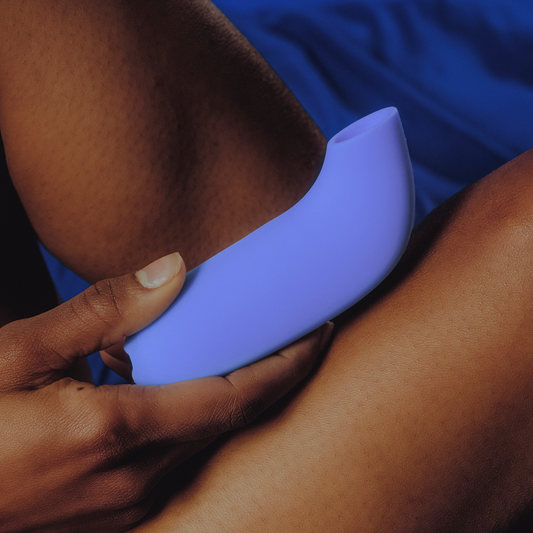Clinics across the state reported an increase in abortions that occurred later in pregnancy as a result of Texas’ COVID-19-related abortion ban.Barriers to abortion care have always existed, be it mandatory waiting periods, compulsory counseling sessions, invasive and medically unnecessary ultrasounds, bans on telemedicine abortion, and targeted restrictions on abortion providers (TRAP) laws that exist specifically to shut down clinics that provide abortion care. But during COVID-19, GOP lawmakers saw a chance to make it even harder to access abortion care. Under the guise of “freeing up hospital beds” and “preserving personal protective equipment for health care workers,” 12 states attempted to ban or restrict abortion procedures. In Texas, one such ban was enacted, then temporarily stayed, then re-enacted, then once again temporarily blocked, only to be re-enacted for a second time and until it was struck down by the 5th U.S. Circuit Court of Appeals. Dr. Ghazaleh Moayedi, an OB/GYN and abortion provider practicing in Texas, witnessed firsthand the damage of efforts to curtail or end abortion access. “I took care of someone who I had performed her ultrasound on the day that we were shut down, and she had wanted a medication abortion,” Dr. Moayedi says. “And by the time I was able to see her again, she was well into the second trimester. It took her over two months to be able to get care.” Dr. Moayedi’s patient was far from alone. Clinics across the state reported an increase in abortions that occurred later in pregnancy as a result of Texas’ COVID-19-related abortion ban. “Once services were reinstated, we saw a huge surge of patients,” Dr. Moayedi explains. “We had been taking care of patients who had been waiting a month, even two months for their abortion because maybe they had had their appointment at the very beginning of clinics being closed, and now clinics were overwhelmed with patients.” Esmarie, whose name has been changed to protect her identity, couldn’t wait. The 19-year-old student, who also works when she’s not attending school, had no resources or outside support when she found out she was pregnant during the ongoing pandemic. “I was nervous because the whole COVID thing was going on and I didn’t want to get sick,” she says. “I didn’t have any resources. I didn’t have a car or anything like that, and I couldn’t let anyone know, so I felt overwhelmed.” Esmarie ended up taking a bus to the clinic. But when Esmarie got off the bus, she realized that the clinic had been closed as a result of the governor’s executive order banning abortion care. “I felt trapped,” she says. “Like I had no options, and it wasn’t just for me—I was thinking about every girl. Every girl.” With the clinic closed and no family support or additional resources, Esmarie found “my own way, you can say” and secured a medication abortion through alternative means.
“I was nervous because the whole COVID thing was going on and I didn’t want to get sick. I didn’t have any resources. I felt overwhelmed.”Not every state has made it harder to get abortions during COVID-19. In fact, a number of states have expanded access to abortion care by allowing for medication abortions to be delivered to patients’ homes, no longer requiring in-person clinic visits that can easily be facilitated over the phone or via Zoom. “We were seeing these two extremes,” Dr. Moayedi says, “where some states were really utilizing all the best evidence, all the best clinical minds, all of the most patient-centered tactics to make access easily and accessible, and on the flip side, where in states like Texas, our clinics were being shut down and people were being forced out of state.” Abortion access during COVID is not just a state issue—recently, the Trump administration asked the Supreme Court to reinstate medication abortion restrictions, forcing people to leave the safety of their homes and enter clinics to receive the medication. This request is something Fae, 31, considers nothing short of cruel. Fae found out she was pregnant on March 6, right before her city, Philadelphia, started shutting down due to the COVID-19 pandemic. “I was not planning on being pregnant, obviously, and the fact that there was also an impending pandemic did not help,” Fae, another abortion storyteller with We Testify, says. “I definitely saw the writing on the wall, and knew that there was also going to be an ensuing economic crash as well, and that kind of freaked me out.” After taking a few days to consider her options, Fae says she called to schedule an appointment for a medication abortion at her local Planned Parenthood. She also had to sit through what is called “informed consent,” i.e. mandatory counseling, then wait 24 hours before she could confirm her appointment. Once her appointment was confirmed, she had her husband drive her and drop her off at the clinic. “I got there and they took my temperature,” which she says was a new policy. Fae says she waited 30 minutes before she was ushered into a room for an ultrasound to confirm the pregnancy, then back out into the waiting area before she was called back again for another round of counseling. “There were a lot of people there and I think only two people were wearing masks at that point,” she says. “At that time the messaging really wasn’t clear that masks were helping…
"Telemedicine is a critical aspect of abortion access, especially now that it’s not very safe to go to a clinic."After counseling, Fae was sent back out into the waiting room for a third time, where she says she waited for close to two hours. At one point, she started to fear that the staff had forgotten about her, and that she wasn’t going to be able to have her abortion. “I started crying, and not because I was distressed about having an abortion. It was because I thought they forgot about me,” she says. She started thinking: “What am I going to do if this doesn’t work out? What am I going to do? I really didn’t want to be pregnant. At the time I was also looking for a job … I was like, ‘Nobody is going to hire me if I’m pregnant.’” Eventually, a nurse practitioner found Fae and assured her that she would, in fact, be seen. Shortly after she was called in to see the physician, who after 20 minutes gave her the first medication in the office, then handed her the rest for her to take at home. “Basically, I waited four hours to be able to be seen by the physician for 20 minutes,” she says. “This is four hours of my time that I’m just spending there not knowing if I’m going to get coronavirus. Telemedicine is a critical aspect of abortion access, especially now that it’s not very safe to go to a clinic. These lawmakers are putting people in an impossible situation.” Dr. Moayedi is no stranger to these kinds of obstacles—or to finding creative ways to care for patients. She says it’s important for everyone to know that abortion is still legal in all 50 states, and that you have the legal right to an abortion. If funds are an issue, she also recommends calling the National Network of Abortion Funds, their local abortion fund, or the National Abortion Federation. “Abortion funds have been stepping up as points of contact, as kind of liaisons, and as community support to help people navigate COVID,” she says. Dr. Moayedi also says to come to your clinic wearing a mask, make sure to ask if there is a place to wait if you’re not allowed to wait inside the clinic and are being dropped off, and to be prepared to wait a little longer than normal in some instances. “Some clinics might have you wait inside, but they’re spacing waiting rooms so that people aren’t near each other,” she adds. “So that means we’re having to utilize all the space in our clinic, so that might feel lonely but we’re trying to do our best to space you out.” Most importantly, Dr. Moayedi says that you should expect the same level of compassionate, informed care that you would receive if we weren’t in the midst of a public health crisis. “We as a community have been sharing best practices, doing our own research, doing webinars, doing teachings, so we have been doing a lot learning and knowledge-sharing on best practices,” she says. “So whatever clinic you’re going to, it might be frightening, but they are taking your safety, as always, a top priority. Safe care is not new to us, and safe care in hard times is not new to us. People can expect the same level of high quality care—just, you know, through masks.”




























